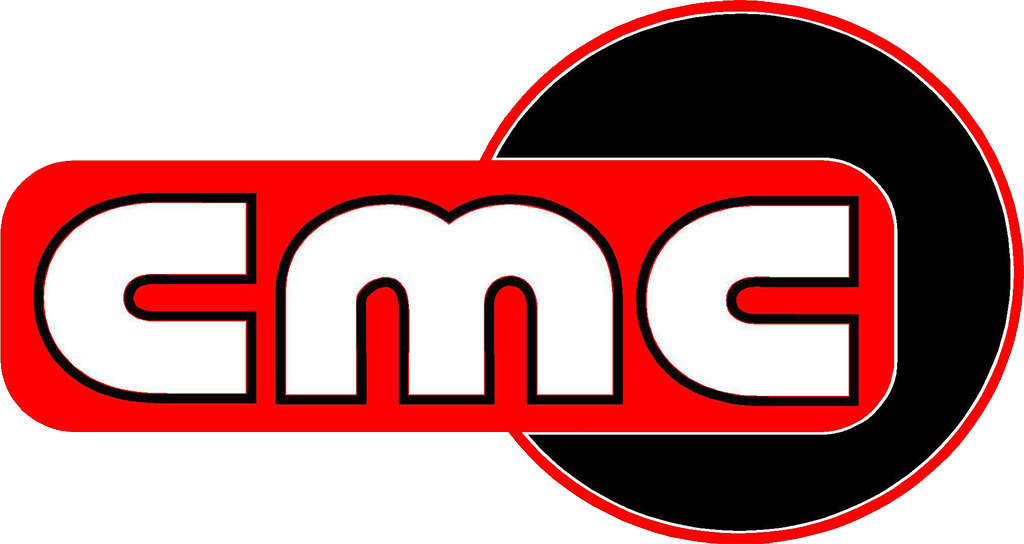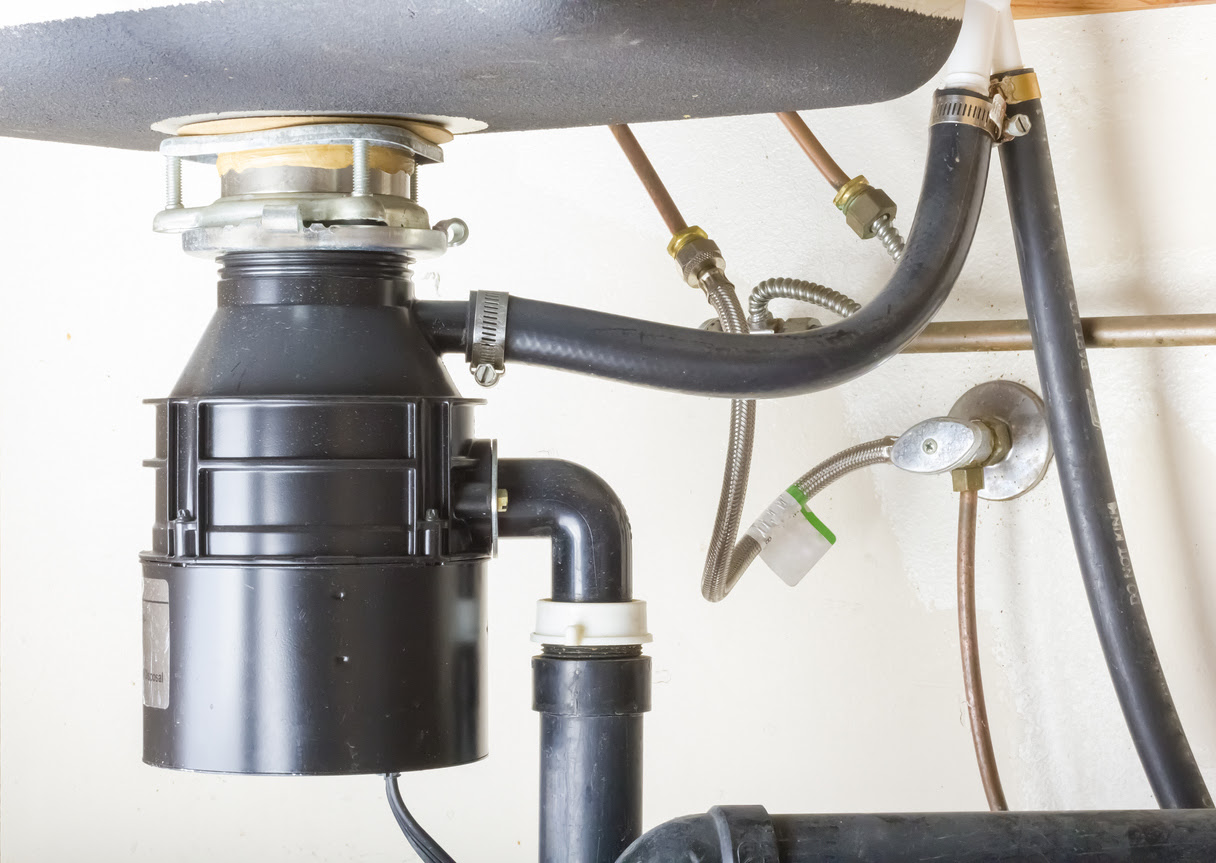The majority of homes have garbage disposals installed in their kitchens today. A garbage disposal helps keep your home cleaner and assists to make meal clean-up easier. But do you know how the garbage removal system in your kitchen operates?
Understanding how a garbage disposal functions will help you figure out what causes it to clog and how to keep it operational for as long as possible. When a garbage disposal malfunctions, you may always hire plumbing services to fix the issue. To know how waste disposal operates, you have to know and look at the components and understand how they separately work.
Here’s everything to know about how the unsung hero of the kitchen works.
Splash Guard
The body of disposal garbage is visible beneath your sink. Splash guards are rubber flaps that cover the edges of your kitchen sink drain. The flaps are the place where food scraps go through for disposal.
The splash guard is a vital component of waste disposal that ensures crushed food and water doesn’t splash back up into the sink basin.
Hopper Chamber
The disposal system is housed by a hollow cylinder called the hopper chamber. A Hopper chamber consists of the lower and upper chambers. The upper chamber collects food scraps that enter the disposal before being shredded.
The disposal unit motor is installed in the lower chamber, which is insulated. The waste line is connected through this segment. After the grinding process, food passes through a single part of the lower chamber while going out through the drain pipe.
Shredder Ring and Flywheel
In the middle of the disposal system sits a shredder ring between the lower and upper hopper chambers. The flywheel is a spinning metal turntable that rests under the shredder ring. The rotation of the flywheel is supported by an insulated motor installed at the bottom of the disposal unit.
Till the food waste is sufficiently tiny to go through the small holes found around the shredder ring, the flywheel traps and stops it from entering the lower chamber. When the waste disposal unit is turned on, the shredder’s inside walls coated with narrow, sharp grooves help crush and break down bits of food.
Impellers and Motor
A disposal unit motor produces a force that assists the rotation of the impellers and flywheel that traps food waste. Impellers are the spinning blades of the garbage disposal.
The motion of the spinning constantly tosses the food pieces into the grooves of the shredder ring.
The procedure continues till the lumps of the food turn into tiny bits that go through the minor openings of the shredder ring and go down the drainpipe without jamming.
Waste Line Connector
The lower hopper chamber houses the waste line connector. After the waste is crushed into manageable pieces, it goes through the waste line connector openings and is flushed out into the drain pipe and out to the septic tank.
Dos and Don’ts of a Garbage Disposal
You should know how to use and maintain the disposal unit now that you know how it functions. Here are some garbage disposal safety tips.
Dos
-
- Before any maintenance process, ensure the unit is unplugged from the wall.
- The disposal unit should be used with a strong flow of water to process food waste that can be crushed easily.
- Always keep the unit clean and use cold water with a little detergent.
Don’ts
-
- Never force the waste into the disposal unit by pressing down on it.
- Avoid grinding big animal bones.
- Using harsh chemicals like bleach to clean the disposal unit is not a good idea.
Bottom line
Garbage disposal is essential because it helps keep your kitchen clean by easily discarding food waste. Disposal units use electric motors to power the grinding chamber that crushes food that is pushed by the impeller down the drain into the sewer. Research reveals that waste production has risen immensely globally without signs of slowing down.
CMC, Inc. provides a range of plumbing services for new constructions or makeovers. We have specialists who identify your concerns and fix them for our clients. Contact us for more information.

